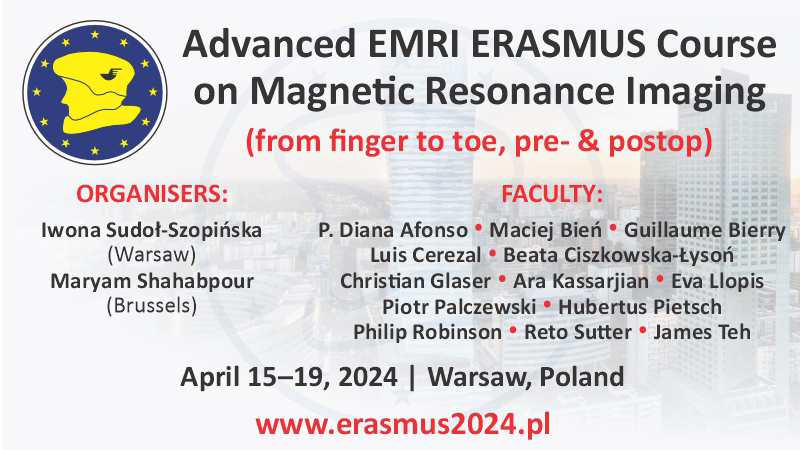Shoulder ultrasound: current concepts and future perspectives
Francesca Serpi1, Domenico Albano2,3, Santi Rapisarda2, Vito Chianca4,5,
Luca Maria Sconfienza2,6, Carmelo Messina2
 Affiliation and address for correspondence
Affiliation and address for correspondenceUltrasonography is an established and effective imaging technique that can be used to evaluate articular and periarticular structures around the shoulder. It has been shown to be useful in a wide range of rotator cuff diseases (e.g. tendon tears, rotator cuff calcific tendinopathy and bursitis) as well as non-rotator cuff abnormalities (instability, synovial joint diseases and nerve entrapment syndrome). A scanning protocol is highly recommended to reduce the rate of operators’ errors by following a standardized scheme including a list of main structures. Shoulder ultrasound has several advantages: it is a relatively cheap and widely available technique, free from ionizing radiation, that can reach excellent diagnostic accuracy even compared to magnetic resonance imaging. Moreover, it is the only imaging technique that allows dynamic evaluation of musculoskeletal structures, which is important for the evaluation of impingement. Also, due to the shoulder’s superficial anatomical position, ultrasound can also be helpful in guiding interventional percutaneous procedures, both for diagnostic (e.g. magnetic resonance arthrography) and therapeutic purposes (e.g. percutaneous treatment of calcific tendonitis). Contrast-enhanced ultrasound and speckle tracking offer complimentary evaluations of shoulder anatomy and biomechanics. Moreover, the advent of ultra-high-frequency US, with probes up to 70 MHz allowing for a resolution as low as 30 μm, is a promising tool for further evaluation of the shoulder anatomy, and diagnostic and therapeutic strategies.






